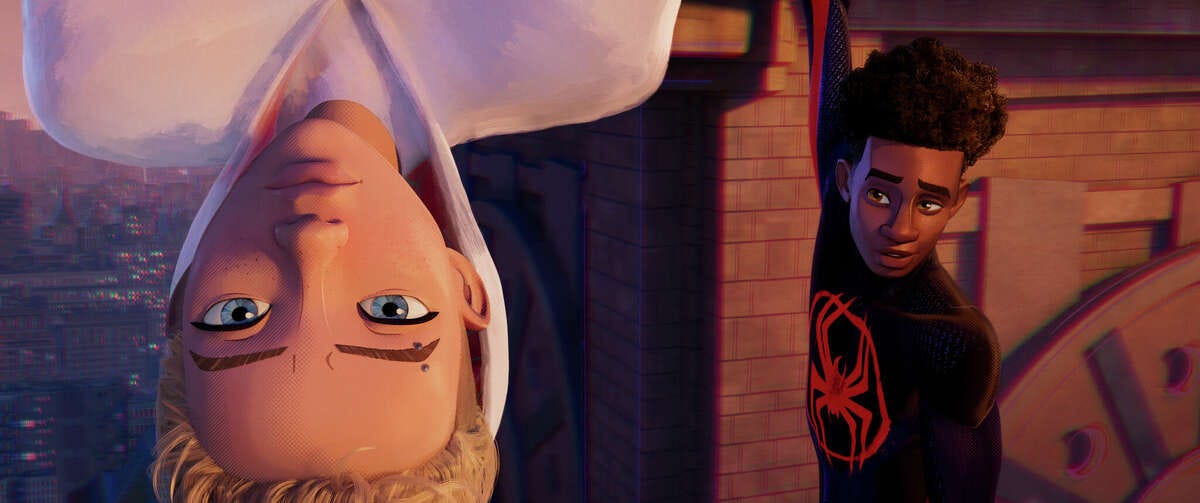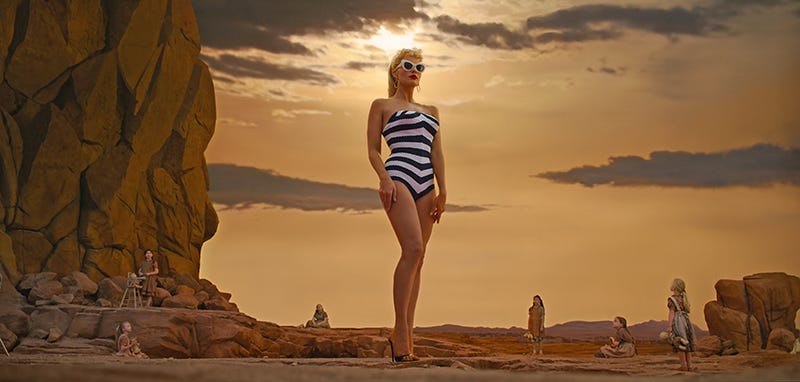Censorship
There is a fine line between censorship and good taste and moral responsibility - Steven Spielberg (unverified)
*A brief note: This post is centered around a thought-provoking question and is intended for a mature student group. It necessitates trust among all participants to be effective. If this question isn't suitable for your specific demographic, consider changing the question. The aim is the same - to explore ideas around self-censorship.
Which film do you wish you had never seen?
Imagine that one film, the one that makes you turn your head away at the mere thought of it, or causes you to catch your breath. We all have that film in mind—the one we wish we had never seen. In an era where the internet grants us access to an overwhelming array of content, the question of censorship and selective viewing has never been more relevant. As educators, it is our responsibility to prompt young minds to think critically about what they consume because, once you've seen it, you can't unsee it.

Understanding Cultural and Political Dimensions
During my formative viewing years in Sweden, gaining access to films was not as direct as it is today. There were age restrictions enforced at cinemas and for movie rentals, and censorship was deeply rooted in cultural and political contexts. Interestingly, censorship priorities differed from one country to another. While Sweden leaned towards censoring violence over sex, the United States tended to censor sex before violence. This contrast is illustrated by the censorship of Martin Scorsese's "Goodfellas" (1990) in Sweden and the censorship of Ingmar Bergman's TV series "Scenes from a Marriage" (1973) in the US, where a married couple was shown sitting in a shared bed, fully dressed.

Encouraging Critical Thinking
When I share ideas about censorship with students, my goal is to encourage them to think about what censorship is, how it functions in society, and when it is welcomed or seen as a transgression. Ultimately, I aim to guide them toward becoming discerning consumers of content, making informed choices before hitting play or engaging with media. I want them to contemplate the ethics of both creating and consuming film. And in this internet age, I want them to be thinking about pressing the pause button before they press play.
Navigating a Censorship Discussion with Teenagers
Engaging teenagers in such discussions can be challenging. Adolescents often possess a heightened curiosity about sensitive topics. To manage this, consider these strategies:
Set the Stage: Begin by explaining the thought experiment and its purpose. Let students know that they will be asked about a film they wish they had never seen but emphasize the need for discretion.
Request Caution: Before posing the question, explicitly instruct students not to blurt out their answers or provide graphic details. Emphasize the importance of maintaining a respectful and comfortable learning environment.
Highlight the Open Nature of the Discussion: Make it clear that the purpose is not to have them disclose their nightmares but rather to use their responses as a measure of what they find unacceptable in media.
Encourage Thoughtful Responses: Encourage students to think before they speak, suggesting that they consider the impact their words might have on their peers and the classroom atmosphere.
Guiding Questions
How do you define censorship?
Can you recall a film that left a lasting negative impact? Why?
How did this film challenge your values or personal boundaries?
Did it provoke emotions or reactions you didn't anticipate?
How has your experience with this film shaped your approach to media consumption and censorship?
What are your non-negotiables? In other words, what criteria do you use to decide whether or not to watch a specific film?
A film to explore another idea of censorship
Eternal Sunshine of the Spotless Mind (2004), directed by Michel Gondry, serves as an excellent choice for delving into the concept of censorship and how we curate our experiences through film.



